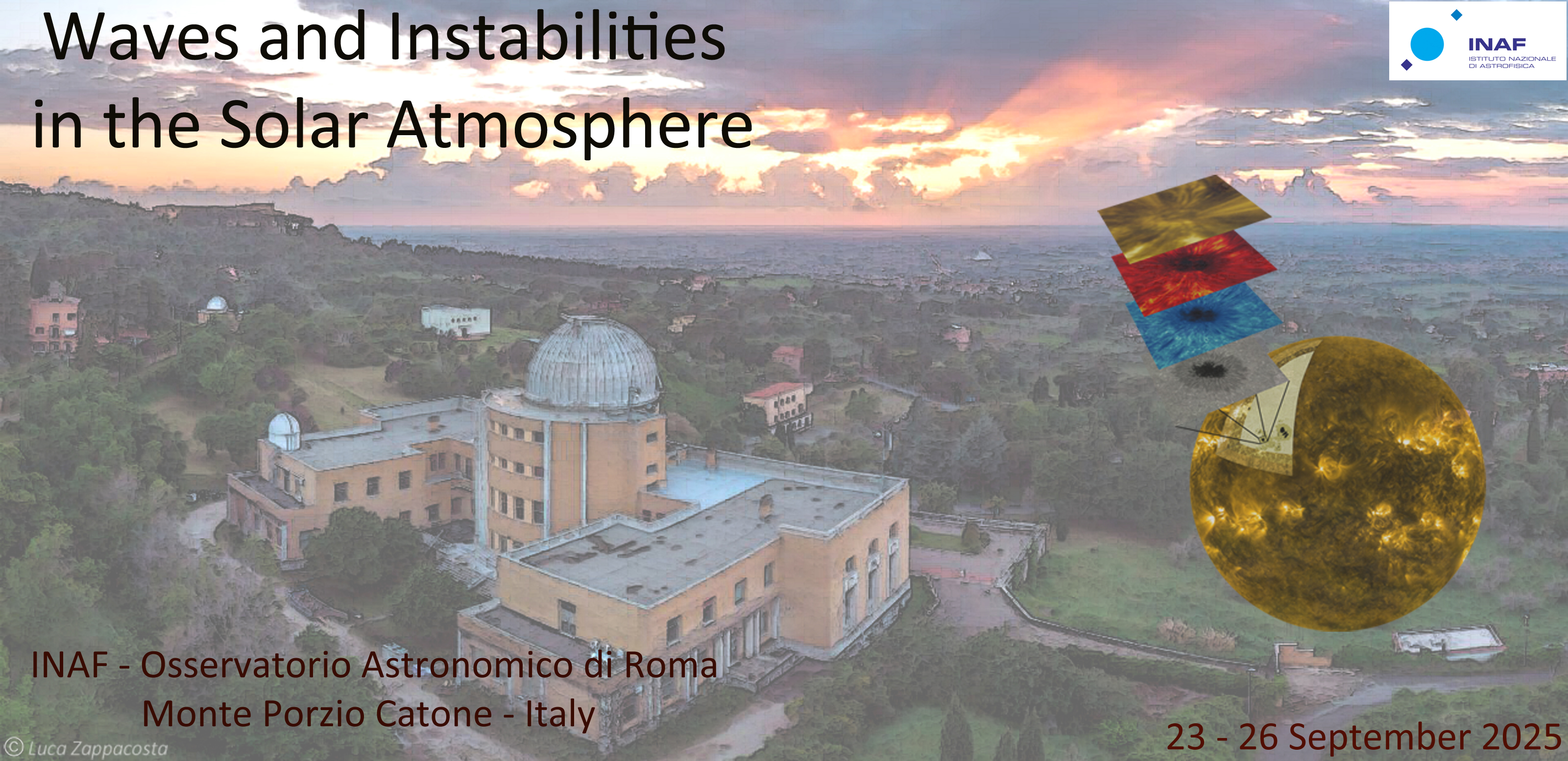Speaker
Description
The launch of Solar Orbiter in 2020 made a multi-view observation of the Sun possible. Since the start of the nominal mission phase, at the end of 2021, the SO/PHI instrument has provided the magnetic field vector and LoS velocity of the solar photosphere. The data taken while Solar Orbiter was in inferior conjunction showed an excellent agreement between magnetic and, more recently, velocity signals measured by the High Resolution telescope of SO/PHI (HRT) and SDO/HMI. This result highlights the possibility of using Dopplergrams from two vantage points of the same region on the solar surface to study 2-D horizontal flows.
Here we present a case study using data acquired on 20 October 2023, while the angular separation between Solar Orbiter and the Earth was ~40 degrees. The observation consists of a 6 hours time series of a sunspot close to disk center for both HRT and HMI. This gives us the possibility to extract 2-D horizontal flow after an accurate alignment of the time series and to study oscillations in such a signal. Moreover, the different angle can be used to detect wave modes in different photospheric features over the considered FoV. We present the preliminary results obtained by this unique configuration.
| Sessions | Wave generation, energy transport, dissipation and heating |
|---|

